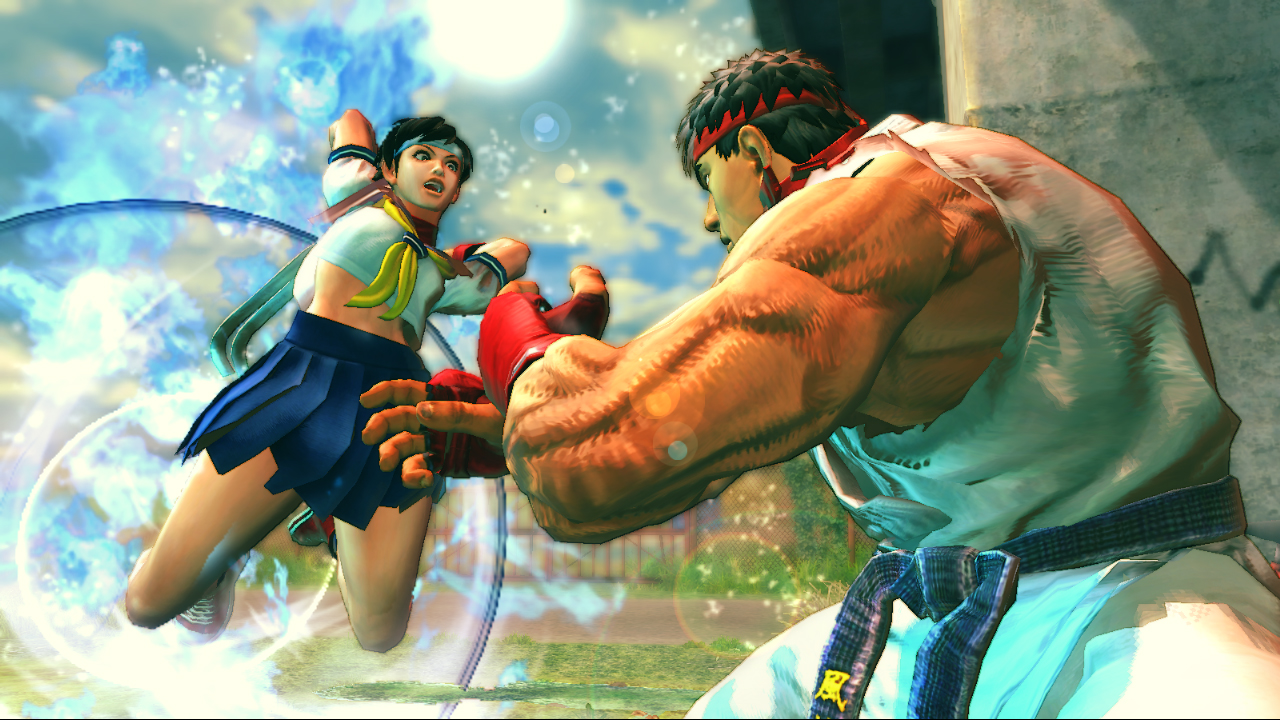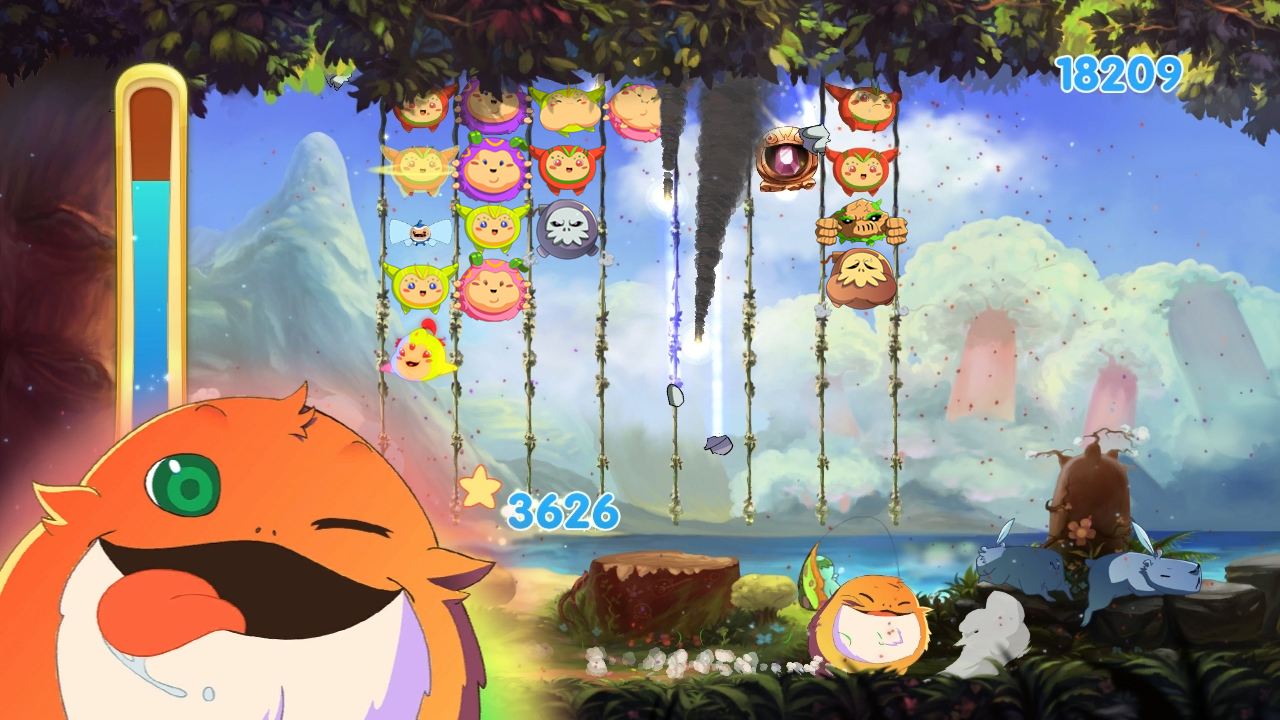This post has not been edited by the GamesBeat staff. Opinions by GamesBeat community writers do not necessarily reflect those of the staff.
While recently reading an article in EGM about Metacritic and what it means to the industry, I was struck by one of things the author, Evan Shamoon, said. “…Committing to a [game] is a significant investment in both time and money (roughly $60 and 10+ hours for a game, versus, say, $11 and 2 hours for a movie)…” This observation immediately got me thinking about the length and price of video games.
Over the past couple of years, many people have debated over whether or not video games are too expensive at their current price point ($60 for a console game, $35 for a handheld). Currently, games vary in length and quality, and due to the poor economy, gamers have had more of a reason to wonder whether or not each experience is worth their hard earned money.
Is it fair for a six hour shooter to cost as much as an open world, sand-box game that spans over 40 hours? Should a lower quality minigame compilation be the same price as Super Mario Galaxy?
For as long as I’ve known, games have always been set around a fixed price. Very few go above, however even less go below. For some reason, developers get so fixated on the standard bracket that they don’t even see the option of providing a lower price point. Many, in fact, will stick with the generalization that “everybody else does it”, although every once in a while a gem rolls around with a surprising amount of “bang for your buck”.

Many developers could stand to learn from Capcom. Instead of charging full price for a more-than-complete upgrade, Capcom decided to keep the price for Super Street Fighter 4 lower ($39.99 MSRP), and thus give the game extra exposure to people who might not have been willing to fork out $60 for a copy. Super Street Fighter 4 combines both low price and extra content in an all-too-perfect manner. Released earlier this year, SSF4 shows that developers can still be successful with a lower price attached to their games.
More so than any other medium, downloadable games have effectively balanced content and price. In terms of digital downloads, there doesn’t really seem to be one fixed amount; it’s more typical to see roughly three different price points. Nathan Vella, president at Capy games – makers of Critter Crunch and Might & Magic: Clash of Heroes – summed it up perfectly in an interview with Gamasutra.
“…There are levels of digital download games…it’s like meal sizes. There's appetizer games that are like five dollars. Noby Noby Boy is, I think, a great appetizer. You play it for awhile, and you're immersed; but when you're done you want to play something else. And there's the meal games that are like $10 games: Flower and Castle Crashers and those type of games that you play for a sitting and then go do something else because you've used up your game-playing time.”

Vella then went on to explain that he felt Critter Crunch fell somewhere in between the two. Sort of like ordering two appetizers, but still leaving you less full than a meal. When hearing it put like this, it really makes you wonder why we don’t look at retail games in this same light.
It’s hard to know where price points with games will go, although I would hope that there are lessons that can be learned from others in the industry. Just because something is the standard doesn’t mean that veering away will result in failure. In actuality, there are many cases where breaking away from the norm leads to something greater than was ever expected.
